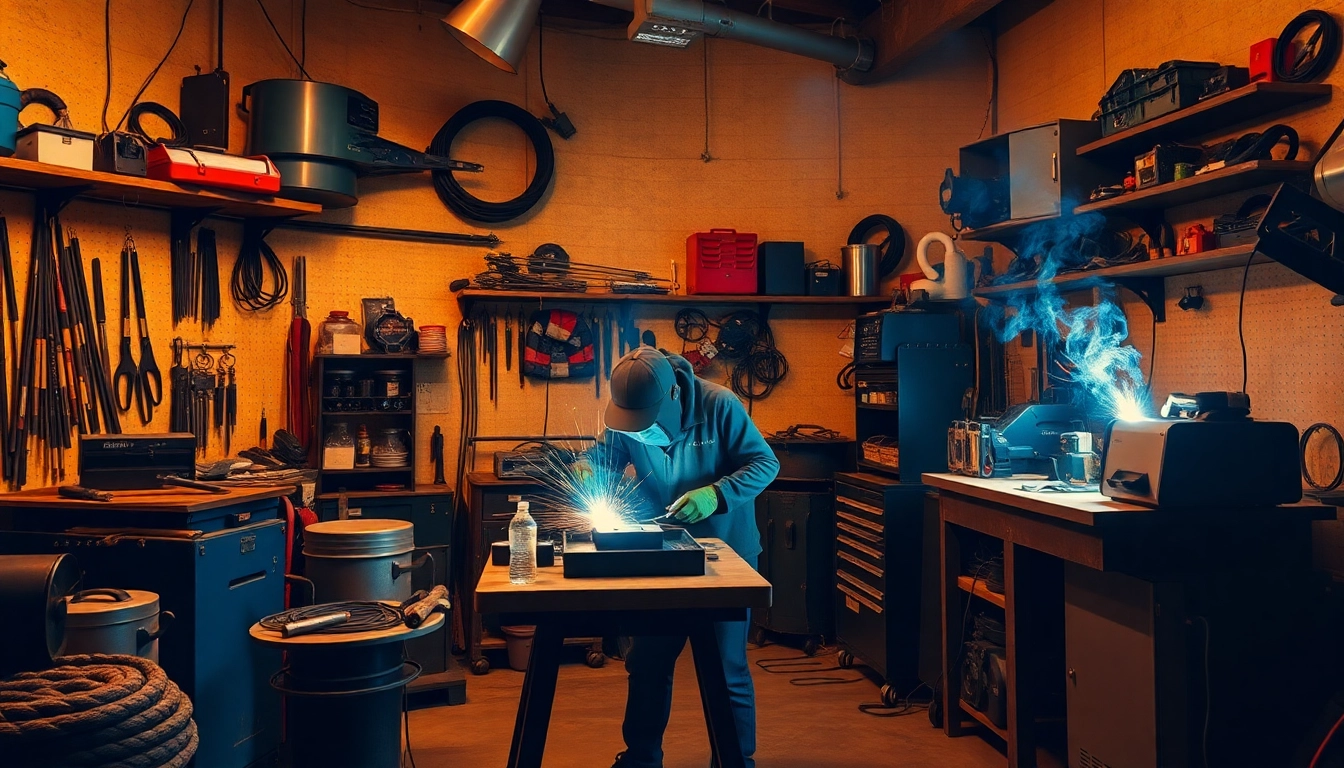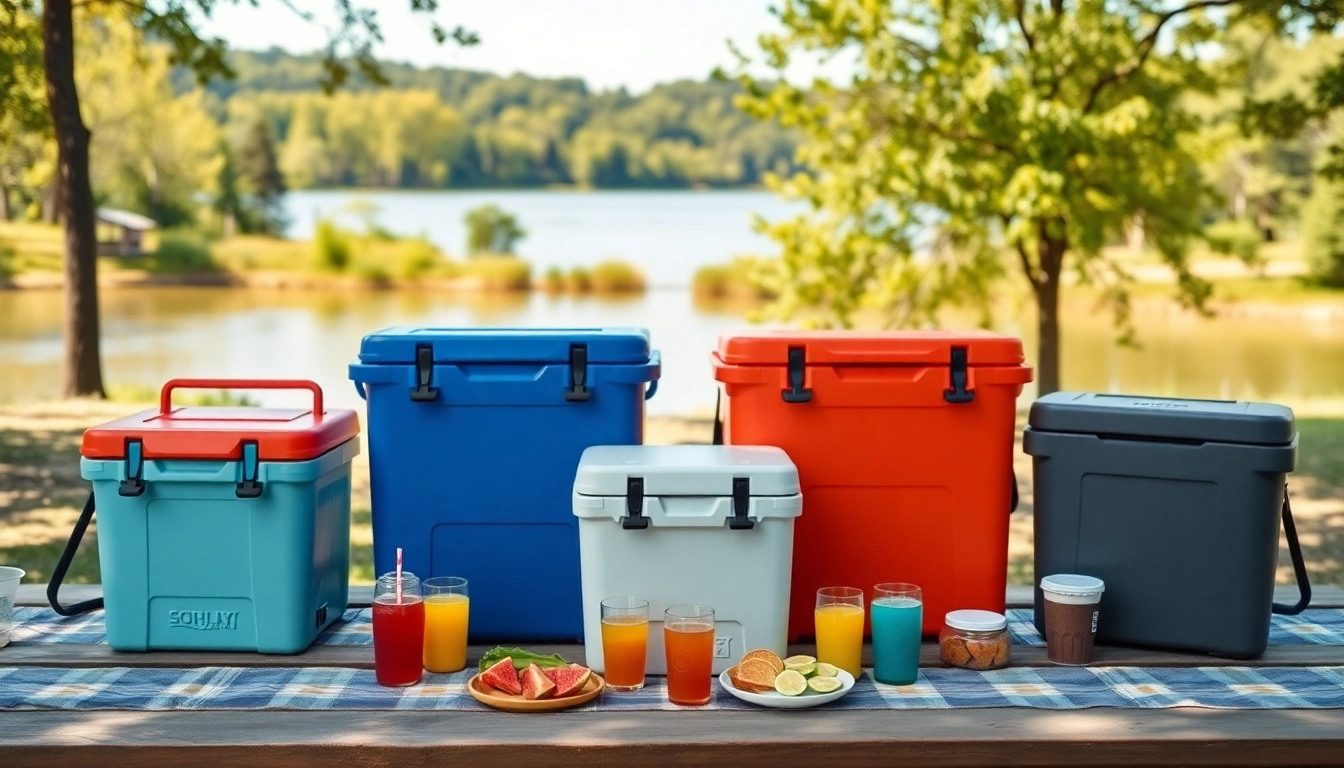1. Introduction to Welding Supplies
Welding is a critical process in various industries, including construction, manufacturing, and automotive repair. The quality and safety of welding operations largely depend on the welding supplies used. From choosing the right equipment to understanding the essential consumables needed for specific tasks, this guide delves into welding supplies that are paramount for every welder.
Defining Essential Welding Equipment
Welding equipment encompasses a wide array of tools and machines necessary for performing welding processes. Essential welding equipment includes welding machines (MIG, TIG, Stick), welding helmets, welding gloves, and protective gear. Each piece of equipment serves a specific function, which ultimately contributes to the overall success and safety of welding projects.
Understanding Different Types of Welding Supplies
There are several types of welding supplies designed for specific welding processes. For instance, MIG (Metal Inert Gas) welding supplies include a spool gun, contact tips, and a gas source, while TIG (Tungsten Inert Gas) welding requires tungsten electrodes, filler rods, and an inert gas supply. Understanding these differences is crucial for selecting the right tools for the job.
Importance of Quality in Welding Supplies
Using high-quality welding supplies can significantly affect the quality of the welds produced. Quality materials contribute to stronger, more reliable weld joints, which are essential in structural applications. Moreover, investing in reputable brands often translates to better performance and durability, reducing long-term costs associated with replacements and repairs.
2. Key Welding Supplies Every Welder Should Have
Must-Have Tools and Gear
Every welder should equip themselves with the following essential tools and gear:
- Welding Helmet: Protects the eyes and face from the bright arc and sparks.
- Welding Gloves: Shield the hands from heat and spatter.
- Welding Jacket: Provides a protective layer against sparks and heat.
- Chipping Hammer: Used to remove slag after welding.
- Wire Brush: Cleans the workpiece and removes impurities.
- Welding Clamps: Ensures pieces are held together securely during the welding process.
Safety Equipment: Protecting Yourself While Welding
Safety in welding cannot be overstated. Adequate personal protective equipment (PPE) must be worn at all times. This includes:
- Respirators: Protect from fumes and gases.
- Face Shields: Provide additional protection against splashes and UV rays.
- Ear Protection: Prevent hearing damage from loud welding equipment.
- Work Boots: Steel-toe boots are recommended to protect feet from heavy equipment and sharp objects.
Consumables: What You Need to Stock Up On
Consumables are materials used during the welding process and need to be replenished regularly. Key consumables include:
- Welding Filler Rods: Essential for additional material during welding.
- Welding Wire: Used in MIG welding processes.
- Electrodes: Required for Stick and TIG welding.
- Shielding Gas: Protects the weld from contamination during the welding process.
3. Choosing the Right Welding Supplies for Your Needs
Common Welding Techniques and Their Supplies
Different welding techniques require specific supplies. Understanding the technique is vital to choosing the appropriate equipment:
- MIG Welding: Requires a MIG welder, welding wire, shielding gas (typically Argon or CO2), and torch.
- TIG Welding: Utilizes a TIG welder, tungsten electrode, filler rod, and inert gas.
- Stick Welding: Involves a stick welder, electrodes, and a ground clamp.
Brand Comparisons: Finding the Best Welding Supplies
The market offers numerous brands and models of welding supplies, but not all are of equal quality. Some of the leading brands in the industry include Miller Electric, Lincoln Electric, and ESAB. A good strategy is to compare features, user reviews, and warranty options before making a purchase.
Budgeting for Quality Welding Tools
While it may be tempting to settle for the cheapest options, investing in quality welding supplies pays off in the long run. It is essential to allocate your budget wisely by differentiating between essential tools and nice-to-have extras. Setting priorities based on your specific welding needs will help you maximize your investments.
4. Maintenance and Care for Your Welding Supplies
Extending the Lifespan of Your Equipment
Proper maintenance is vital for extending the lifespan of welding supplies. Here are some best practices to consider:
- Regular Cleaning: Keep welding surfaces, tools, and machines clean to prevent buildup that can affect performance.
- Scheduled Inspections: Regularly inspect equipment for wear and damage, addressing issues promptly to avoid larger repairs.
- Proper Storage: Store tools and consumables in a dry, protected environment to prevent rust and damage.
Essential Maintenance Tips for Welding Tools
To ensure the longevity of your welding tools, follow these maintenance tips:
- Grease or oil moving parts as recommended by the manufacturer.
- Replace worn-out components immediately to maintain effectiveness.
- Use protective covers to shield equipment from dust and debris when not in use.
Storing Your Welding Supplies Safely
Appropriate storage of welding supplies is essential for safety and convenience. Here are tips for effective storage:
- Organize Supplies: Use designated storage for different types of tools and consumables.
- Label Containers: Clearly label storage spaces to facilitate easy access and inventory management.
- Protect from Elements: Ensure that storage areas are clean, dry, and free from environmental hazards that might damage supplies.
5. Conclusion and Next Steps
Recap of Essential Welding Supplies
Understanding the essential welding supplies—from equipment and safety gear to consumables—is foundational for both novice and professional welders. Proper selection and maintenance of these supplies directly impact the quality of work and the safety of operations.
Where to Buy Quality Welding Supplies
When seeking quality welding supplies, consider reputable suppliers who offer a variety of products that cater to different welding techniques. Local welding supply stores and established online retailers provide convenient options for purchasing the necessary equipment and consumables.
Exploring Advanced Welding Tools for Professionals
For experienced welders looking to elevate their skills, exploring advanced welding tools such as automatic feeders, multi-process welders, and specialized plasma cutters can enhance your capabilities. Continuing education and practice with these tools will ensure you remain at the forefront of the welding industry.



